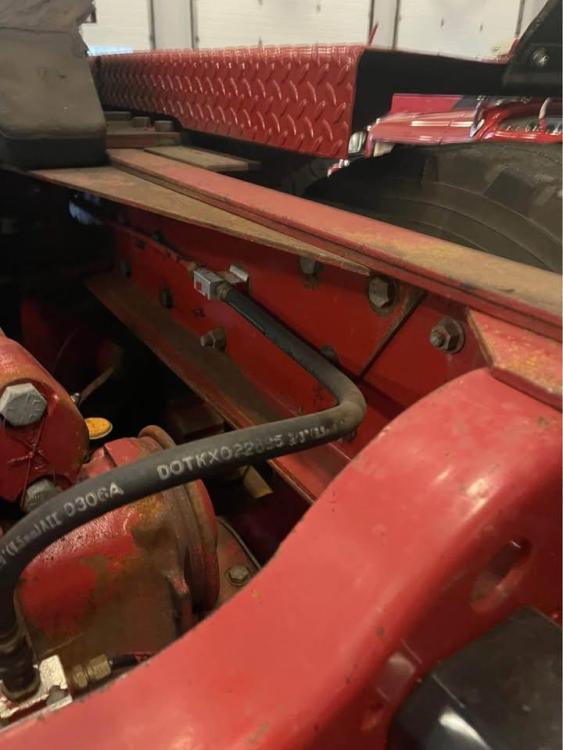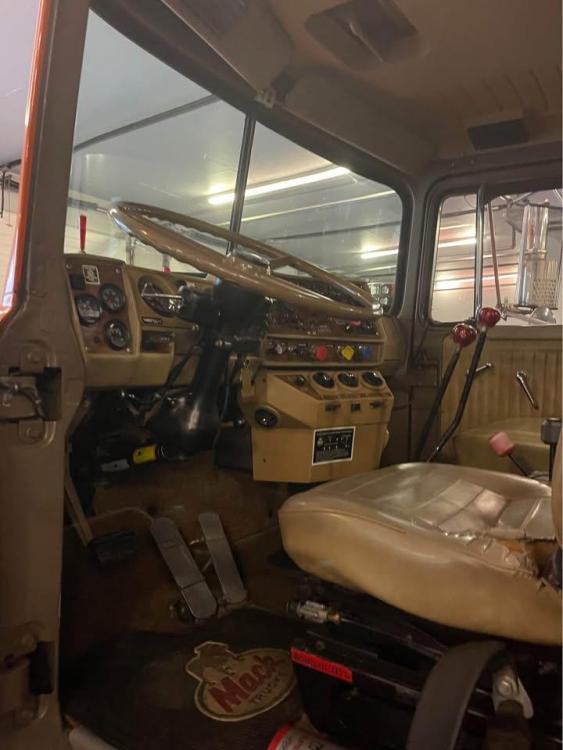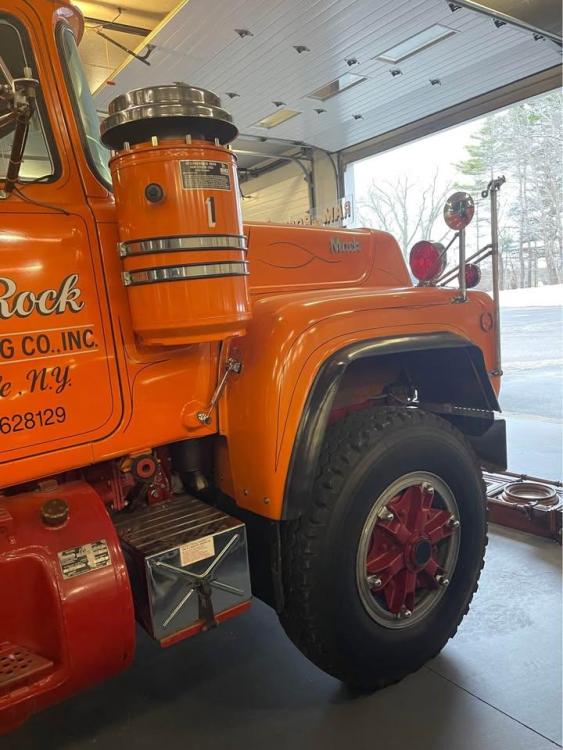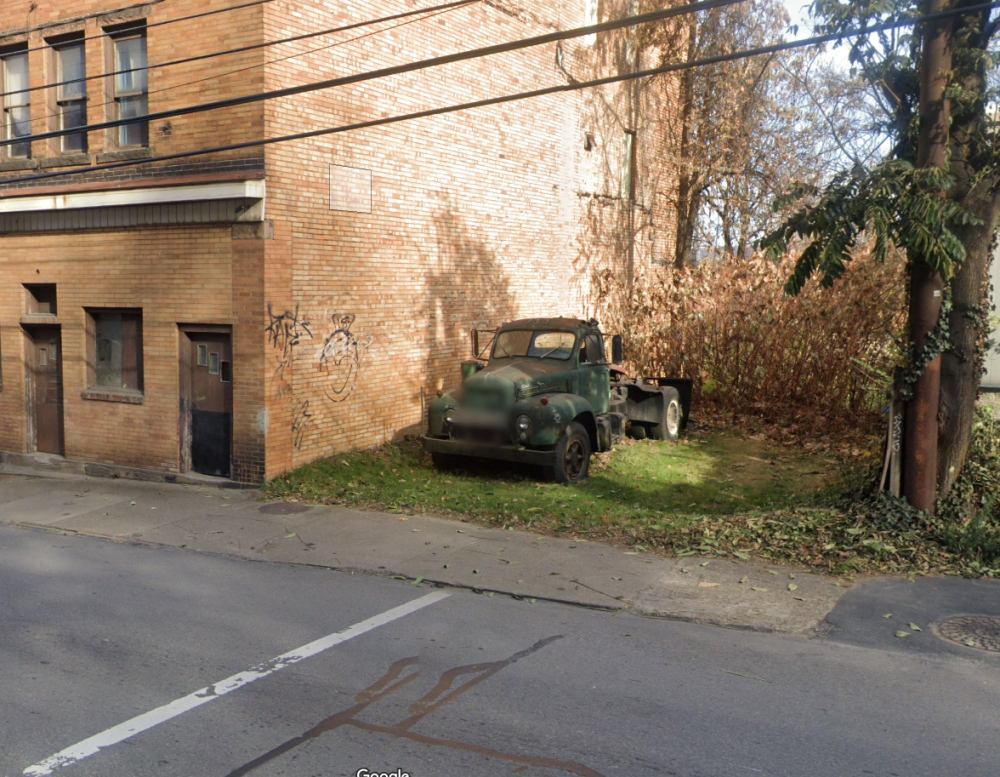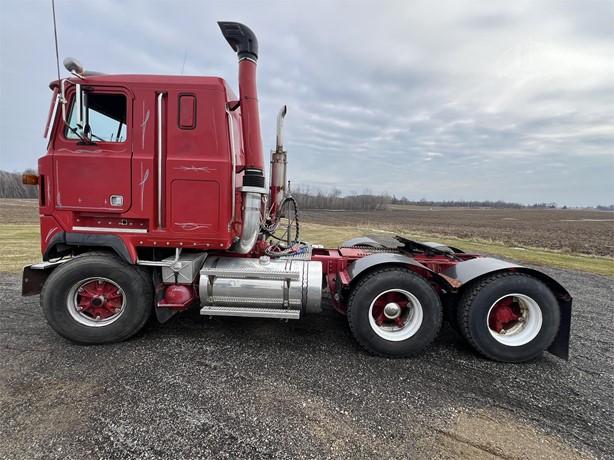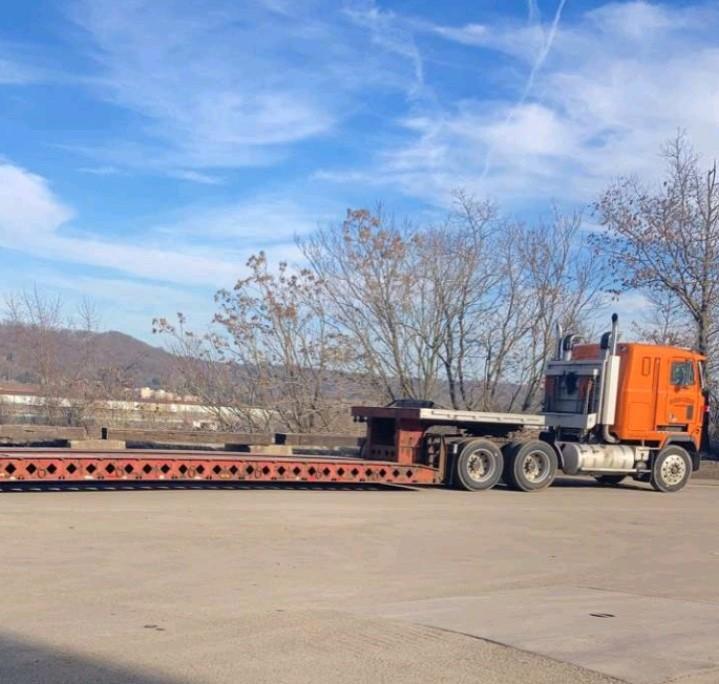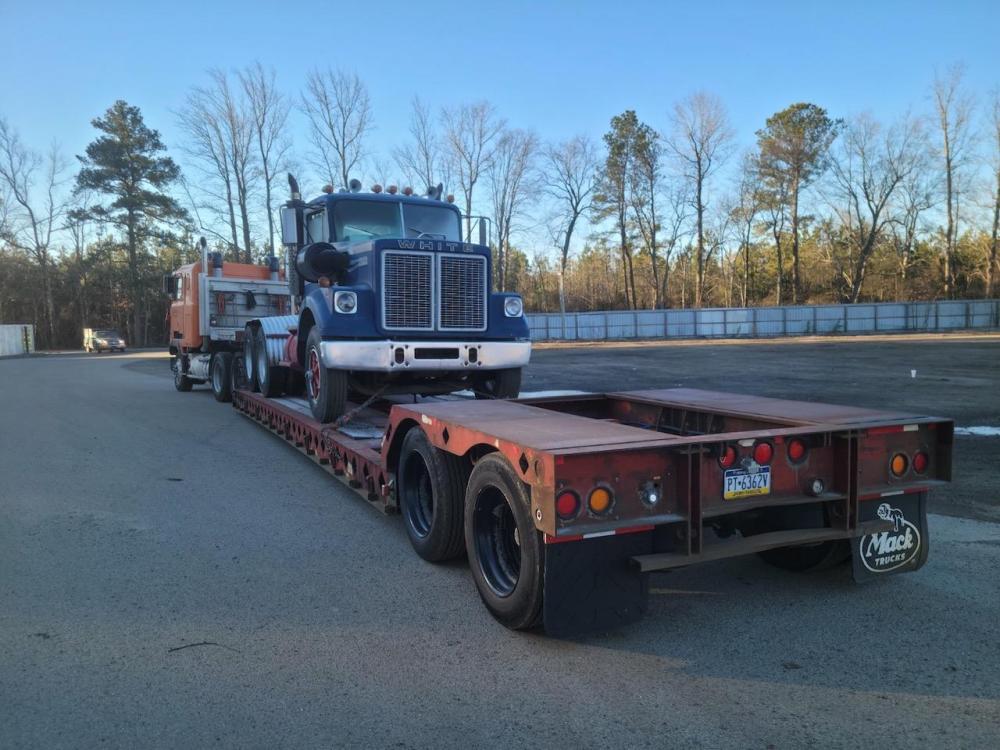-
Posts
1,202 -
Joined
-
Last visited
-
Days Won
5
Content Type
Profiles
Forums
Gallery
Events
Blogs
BMT Wiki
Collections
Store
Everything posted by 67RModel
-
I have seen high rise rest rites but never one with the windows up top like that. That roof section looks like it was taken off some other brand of bunk, however, Rest Rite would build you whatever you wanted. That one was made somewhere in the mid 80s to early 90s after Rest Rite had moved do a much bigger location in Delmont, PA. When the company started out they were made in a little garage on Sardis Rd in Murrysville, PA. The Diamond Reo at the Iowa 80 museum has a high rise Rest Rite on it but with a flat top.
-
It was definitely a Diamond Reo. The majority of the Diamond Reos I have seen don't have the large lettering going down the side of the hood. It had this emblem on the front and sides of the hood. Yea I don't know about tracking him down. He had to have been a farmer or something going to pick up something local. I can't imagine running a gasser like that for profit. Although on the other hand buying copious amounts of gasoline and getting gallons per mile is probably still way cheaper than a $6500/month truck payment and buying diesel fuel too. I will note that it was a tandem axle so he probably wasn't "dump trucking" for hire. It would need to be a triaxle to be able to get any work in this area. Also it had regular PA truck plates on it so he wasn't crossing state lines...
-
This was the most recent mention of Diamond Reos that I could remember here on the forum so I thought I would post this here. Yesterday this guy was behind me. I saw him coming and he passed by me when I was waiting to pull out going the same direction he was. I eventually caught up to him and got in front of him. I still cant believe he is running this thing in 2025. It was a dump truck and in pretty decent shape. I'm thinking it is a early to mid 70's Apollo 101 model of some sort. At several red lights I was able to see it had a valid inspection sticker on the windshield. It was a gasser of some sort and probably some kind of road ranger transmission. When we would come to a stop at red lights I could hear him shift the transmission range down to low. I believe he was empty at the time but the thing scooted along pretty well for being an old gasser. just thought is was neat to see one of these still working in 2025. It actually boggles my mind lol.
-
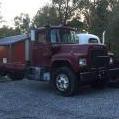
79 DM steering lever part #
67RModel replied to Paul1890's topic in Antique and Classic Mack Trucks General Discussion
Not necessary related to this thread but more or less just a curiosity of mine is how parts become obsoleted. Like who sits around and studies parts breakdowns and says we are no longer going to have xyz part available anymore. How can one part of the same assembly be easier to get than a loaf of bread but the one it attaches to has been NLA for a decade or more? -

Back in the Mack Pack!
67RModel replied to BOBWhite's topic in Antique and Classic Mack Trucks General Discussion
Could somebody post a picture of what the whole system plumbing is supposed to look like? A photo from an original tip turbine equipped truck? -
SOLD about a year ago now
-

Back in the Mack Pack!
67RModel replied to BOBWhite's topic in Antique and Classic Mack Trucks General Discussion
If I'm not mistaken there was like a year or two in the early 80s, maybe 1980/81 when Mack painted the engines red. And I don't think it was exclusive to fire trucks. I have seen several over the years that have a dull red engine paint. -
No affiliation. Saw on FB Marketplace but thought it was a pretty interesting truck so I figured I would post it here and see what everyone thinks. Obviously its a ton of money. I'm not sure who the market would be for a truck like this. Collectors or Guys looking for a reliable old school workhorse. I would think a super heavy spec day cab that is 5-10 years old would be around the same money. Question I have is do you think there are guys that are willing to spend $75k on something like this and use it daily? 1984 RD686 Mack tractor with 25k org miles.300 6 sp 58,000 rears 11x22 tires wet system fenders 18 F - Commercial Vehicles - Boston, Massachusetts | Facebook Marketplace | Facebook
-
What about a viscous fan hub? I know its a strictly mechanical device and the ECM on a newer engine might not be happy if there was no input or output from/to a fan. I don't know. My 94 RD has a viscous fan clutch and I never seem to know what that c**ksucker is doing. It spins on startup then seems to decouple but the drag keeps it spinning but probably not at engine speed. Its all very confusing. but no matter what amount of load you put on the engine the water temperature never gets above 175F. ¯\_(ツ)_/¯
-
This thread made me think of a B model that has been siting outside in the same sport on the outskirts of Pittsburgh for literal decades. I honestly remember seeing this truck sit in the exact same spot back when I was a toddler riding in a car seat in the late 1980s. It hasn't moved since and actually doesn't look bad at all. Right on PA51 in McKees Rocks, PA. I was through there about a month ago and its still there....
-
Yea the largest contractor the USPS has is Fed Ex. Has been that way for a long time. That contract is worth like $1.5 billion annually. Top U.S. Postal Service Suppliers in 2023: Transportation Suppliers Again Carry the Mail – TLA
-
Is the USPS even relevant anymore? Last I heard they were insolvent and had to be propped up with borrowed taxpayer money to operate every year. Get rid of it and auction everything it owns of to the highest bidder. Why do I care if the USPS, UPS, DHL, or Fed Ex brings my junk to my doorstep. At least the latter three don't operate on borrowed taxpayer money. If there is a continued need or desire by the market for daily letter mail delivery a business from the private sector will be able do it better and cheaper than the USPS boondoggle can.
-
I'm all for gutting large portions of the federal government and eliminating all the waste fraud and abuse. Heck, I would probably support eliminating non fraudulent and abusive sections of federal government. Its an absolute disgrace what it has become in terms or usefulness and wastefulness. at $36 trillion in debt it is obviously completely insolvent and Congress and Presidents refuse to take any meaningful action on it. THE only reason this asinine amount of debt hasn't become a crisis yet is because the US Dollar is the world's reserve currency, which is starting to come under threat but that is a topic for a different discussion. I'm very confident the United States' national debt could be reduced to 50% of GDP by year 2050 and the average citizen would not know the difference. However, since Congress refuses to take action, and on the contrary, actually doubles down on even larger budget deficits year after year you get what you have now. Trump in there with a chainsaw. Fine. Who cares. If that's what its going to take then so be it. Both parties and Congress going back at least 50 years only have themselves to blame for letting it get to this point. I would say Trump is doing the correct thing by employing auditors to go in a slash all this trash this corrupt government has been building for decades. With that said I think Trump is very dangerously playing with fire with regards to implementing tariffs of this quantity and magnitude as well as his handling of international relations with extremely close allies and neighbors. I'm not an economist. This is only my opinion based on some limited economics education and studying of history and trade policies since WWII. When implemented like this, tariffs pretty much always have an overall negative consequence, especially for the tariffing country. A tariff is a tax, and with any business tax, it is paid by the consumer. Businesses never pay tax, they only collect them. The only way prices don't increase is if the business takes a loss on their profit which is possible if there is a US competitor. But realistically speaking how may US based competitors are there for essentially every single thing coming into this country? The USA has not been a manufacturing country for decades. To think that is going to suddenly reverse course in a few years is simply daft. Moreover, I just don't see any overall alignment on this among political parties, politicians, or even economists for that matter to last any longer than this administration. And the election cycle and balance of power in this country is too fickle. in 3.5 years there will be a different president elected and if these tariffs are still in place they will most likely be all walked back. My guess is most offshore manufacturers will ride it out and sell at a smaller profit (if there is an a non-tariffed competitor here in country) and wait and see for 3.5 years. All the while the average citizen and retail investor will be getting hammered. This is akin to a brain surgeon using a chainsaw to remove a patient's brain tumor. I don't think this is the proper way to undo decades worth of offshoring. I would welcome anyone to find a reputable left or right leaning economist who thinks this is a good plan. I'll remain somewhat open minded and hope this is a strategy to "strongarm" other nations into negotiating a more favorable, long term trade deal with the USA but I don't have high hopes. At best everything is going to get more expensive, and we will slog on until the tariffs are eventually lifted, and we are back to where we started. At worst this will set off an all-out global trade war with the USA. I personally want neither.
-
I guess the bulldog hood ornament creates too much drag and had to be eliminated to save a thimble full of fuel over the trucks lifetime.
-

Update on the B Model Restoration
67RModel replied to Derrico's topic in Antique and Classic Mack Trucks General Discussion
Nice thing about Reno though is stuff could last for decades out there and not rot away. -
Realistically speaking, if correct, Schumer at age 74 and a net worth of $2.3 million is not out of line at all. Warren, age 75 worth $9 million is more questionable but probably not out of line depending on real estate holdings. She has done several if not many book deals as well. I don't know about McConnell and Pelosi. They both have ridiculous money, but I think in both cases most of it comes from their spouses' net worth. My guess is every federal politician is at some level corrupt and obtains wealth through questionable, but legal means. They are essentially insider traders. There are websites that track every trade Nacy Pelosi makes. She (all politicians) have to disclose all their trades. Trouble is, its months after the fact.
-
Heck, Carter signed the airline deregulation act in 1978. Info on this bill is more readily available. It passed the House 363-8 and the Senate 83-9. Could you imagine these clowns today being that bipartisan? 😂
-
Negative. The bill, named Motor Carrier Act of 1980 was signed into law on 7/1/1980 by Jimmy Carter. Regan didn't become president until 1/20/1981. The contents of the bill were developed by I.C. commissioners appointed by both Nixon, Ford, and Carter. But the main sponsor of the bill was Ted Kennedy. One would have to look up the yeas and nays of how Congress voted on the bill but my guess is it was a very bipartisan vote. I have no doubt Reagan would have signed it into law if it landed on his desk. You need to call balls when balls come and strikes when strikes come.
-
This one has the right power train to operate in contemporary times. Looks like it was originally built as a “Michigan Special”. Those 425s on the steer are not ideal for general freight hauling. I don’t know. I get why they are asking big bucks for it but it’s probably way overpriced. https://www.truckpaper.com/listing/for-sale/230122033/1990-mack-mh653-sleeper-trucks
-
That kid probably got an invitation from Signal onto his iPad.
-
He was back in early 2022. He hauled truck for me from Delaware to Pittsburgh. If I recall correctly he said it wasn't his primary truck. For his dedicated weekly work I think he uses a conventional but I don't recall what he said it was. This was a one-off haul he did for me and said he got the MH out specifically for it. Not sure if it was because it has a wet line for the lowboy or what but none the less he was still running it then....
-

New Granite yes or No
67RModel replied to Dieselman350's topic in Modern Mack Truck General Discussion
At some point these 90s and early 2000s will become obsolete either through parts availability or attrition. In the 90s there were probably some trucks from the 60s still on the road. Now there are probably none of those left. I suspect the same will happen with these E7 and ETech trucks. The question is how old are you and how much longer are you going to run? If its more than probably 15 years then its probably worth it to buy new. In 10 or 15 years if your Granite needs an engine one will be available. I have no ownership experience (just some driving) with an MP8 / Mdrive. But based on what I have read, seen, and heard I would not purchase an Mdrive transmission. I would opt for an Allison RDS instead. More money for sure but bulletproof. The Mdrives seem to be more problematic than the engines. And they are delicate little single countershaft units. Sure there is a lot of torque limiting safeties and nannies but in my eyes it doesn't have good bones like the MP8 engine does. As Joey said. The MP8 is good but is handicapped by the emissions junk. But then again all new engines are. Buy the new one, keep the CH as backup, and don't look back. -
Are those the ones at the end of each spoke on the hub? That the wedge clamp goes on? On my Mack with spoke hubs those nuts take an 1-1/4" socket or wrench so that typically would indicate a 3/4" nominal thread size and coarse threads in 3/4" have a pitch of 10 threads per inch. Fine thread would be 16 per inch. Although that nut your holding looks a good bit smaller than 1-1/4". What size nut is that?
-
What do you guys mean by hard times? I haven't been following the thread very closely the past few weeks...
BigMackTrucks.com
BigMackTrucks.com is a support forum for antique, classic and modern Mack Trucks! The forum is owned and maintained by Watt's Truck Center, Inc. an independent, full service Mack dealer. The forums are not affiliated with Mack Trucks, Inc.
Our Vendors and Advertisers
Thank you for your support!


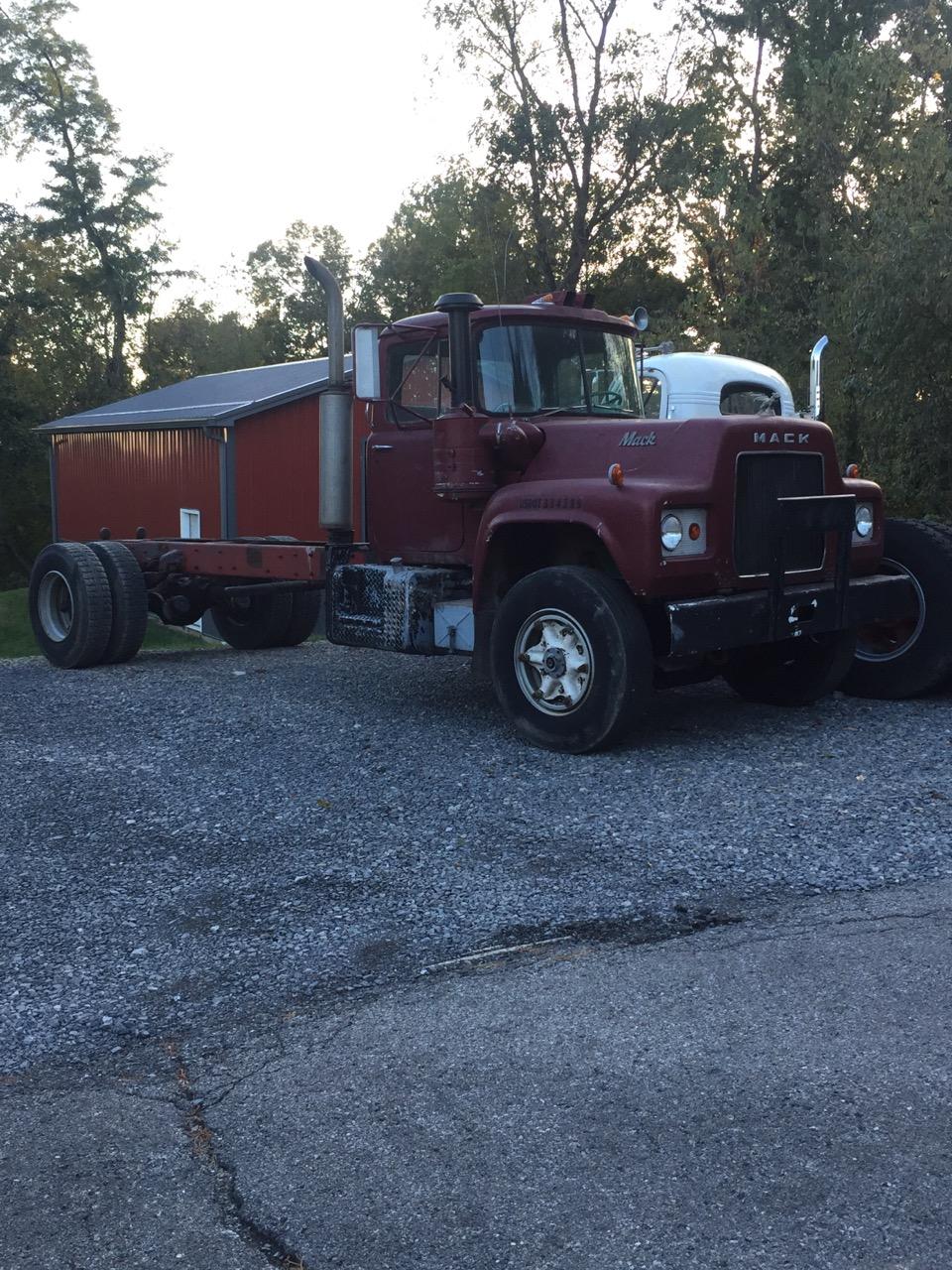
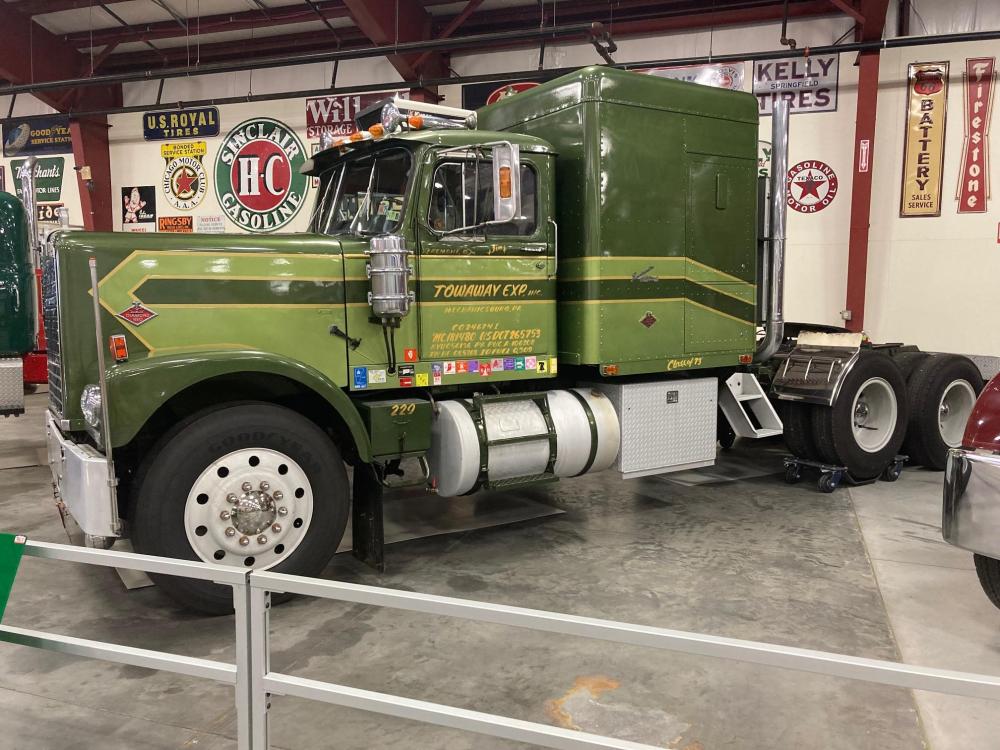

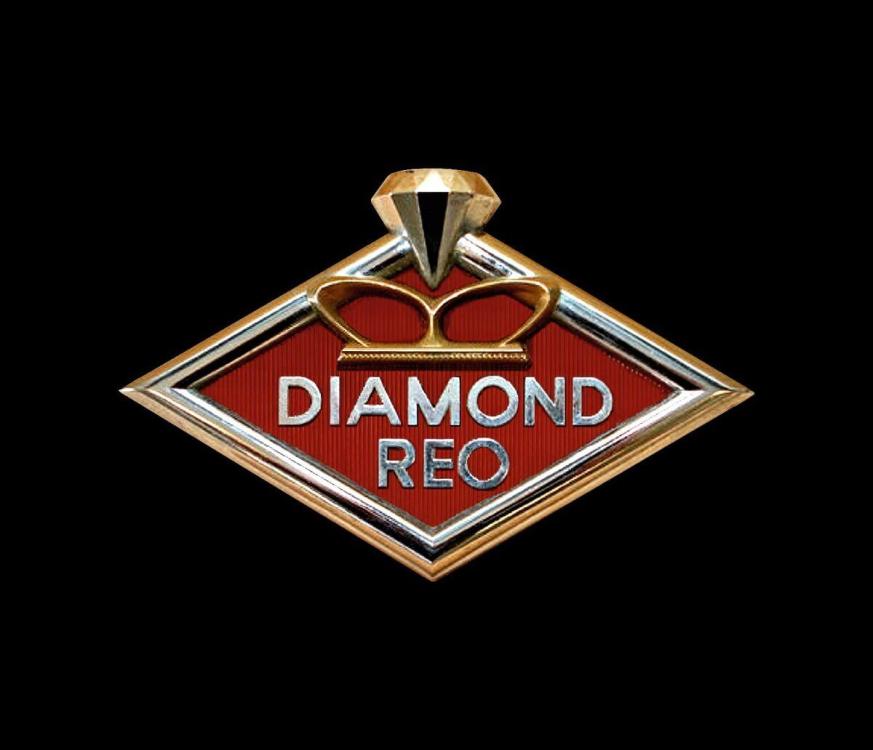
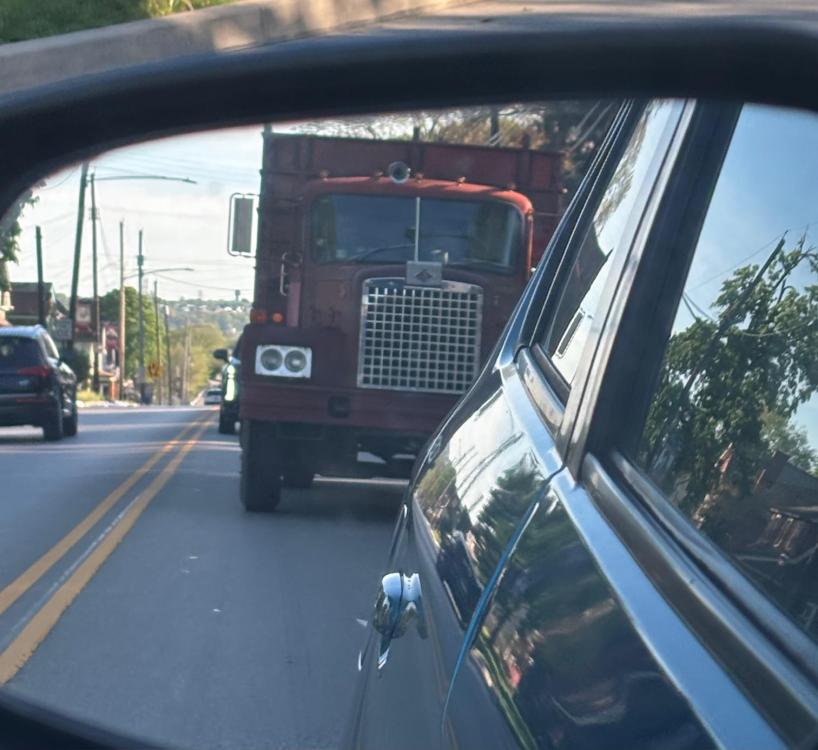
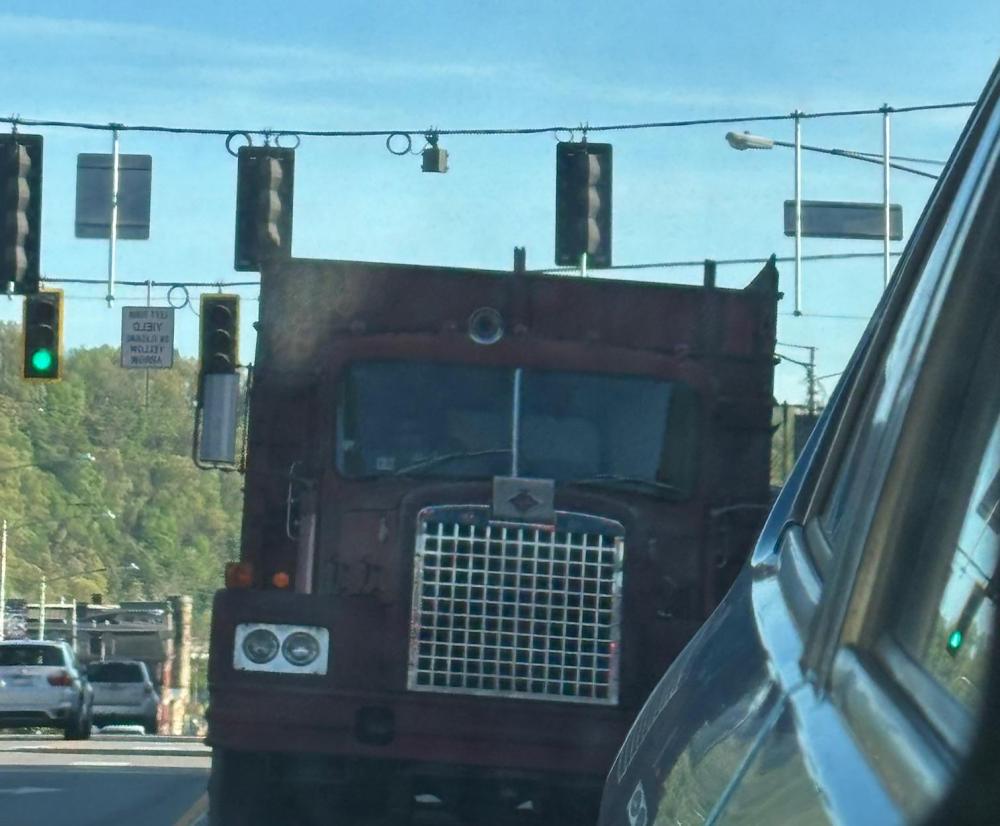

.thumb.jpg.60f2cb009035aeb9598b9df809cb5b93.jpg)
